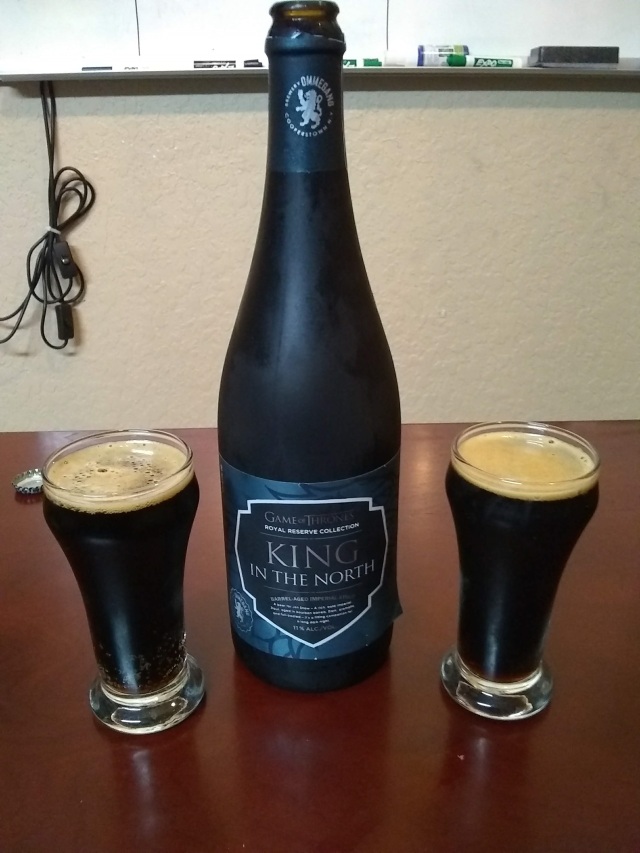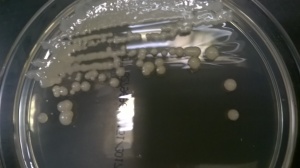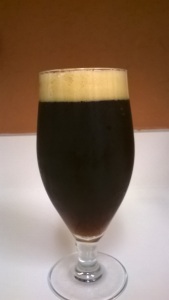
I realized the other day that I had 4 homebrewed belgians in my inventory. So I thought it would be a good idea to do a side by side tasting. Left to right in the photo is saison, witbier, tripel and dark strong ale. The oldest on the panel was the Belgian Dark Strong Ale which was brewed in late 2018. It had some age on it and it showed. The aroma was sweet with dark fruit but the taste was a bit harsh, especially after the swallow. It has not held up well and I have come to the unfortunate conclusion that I need to dump my remaining bottles.
Next up was a witbier which is one of my favorite recipes and this batch was brewed at the beginning of this year. It has a subtle sweetness and is more phenolic than estery. The mild astringency lent by the coriander was noticeable on the back end but was not offensive in any way. It was quite enjoyable.
The second youngest beer on the panel was a tripel. I had used Imperial Gnome yeast for this one, which was my first time using this strain. I was pleasantly surprised when I first had a glass about a week ago. This time around, it was a little harsh on the swallow. But I have a feeling that this aspect was being accentuated when repeatedly switching between this and the easier drinking witbier and saison.
The saison, which was brewed just a couple of weeks ago, was a simple recipe with pilsner and wheat for the grist and lightly hopped with Styrian Golding and Saaz. Wyeast 3711 was the yeast of choice and it did its job in drying this beer out. It leaned more phenolic than estery and there was a nice pepper on the finish. And dry, dry, dry….in a refreshing way.
For the most part, belgian beers are all about the yeast and the characteristics they impart to the beer. Primarily phenols (clove-like) or esters (fruity notes) dominate, with one most likely being more prevalent than the other, depending on the strain and the temperature at which it’s fermented. The saison and witbier were more phenolic and drier, which I prefer, while the dark strong and tripel were fruitier, sweeter and fuller.
I had never been completely happy with the dark strong, even when it was younger. So I’m glad that this tasting has urged me to move on from this batch and clear some space in my fridge. The tripel is pretty young and I’m hoping that some additional conditioning will round it out a bit more. The saison, as simple as it was and using the tried and true 3711, was a solid beer and I’m happy I have a whole keg of it. Low ABV (4.5%), dry and easy drinking. The witbier is my classic favorite belgian though. It just hits all the right notes with its phenolic character and a touch of perceived sweetness along with its moderate ABV. Doing these tasting panels is a great way to suss out the differences between styles and to understand what different ingredients and yeast strains contribute to a beer. It’s a dull thing to brew the same beer over and over and I love that each batch I brew is a labor of love that yields a unique product to be appreciated and enjoyed (well except for that dark strong, but everybody strikes out once in while).















